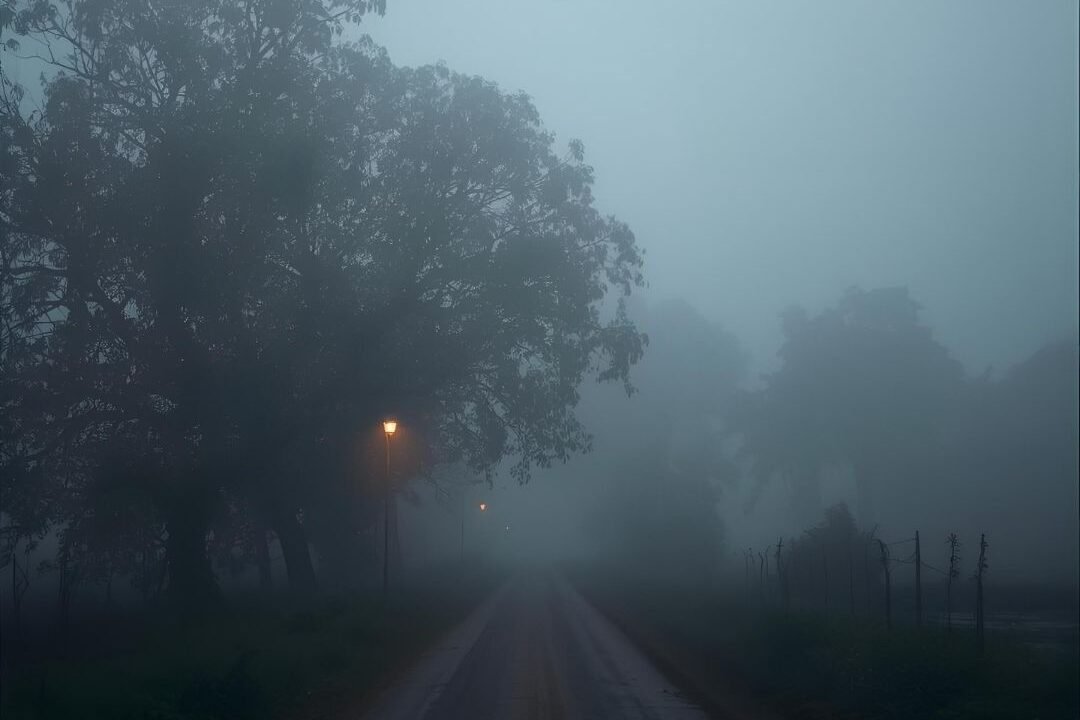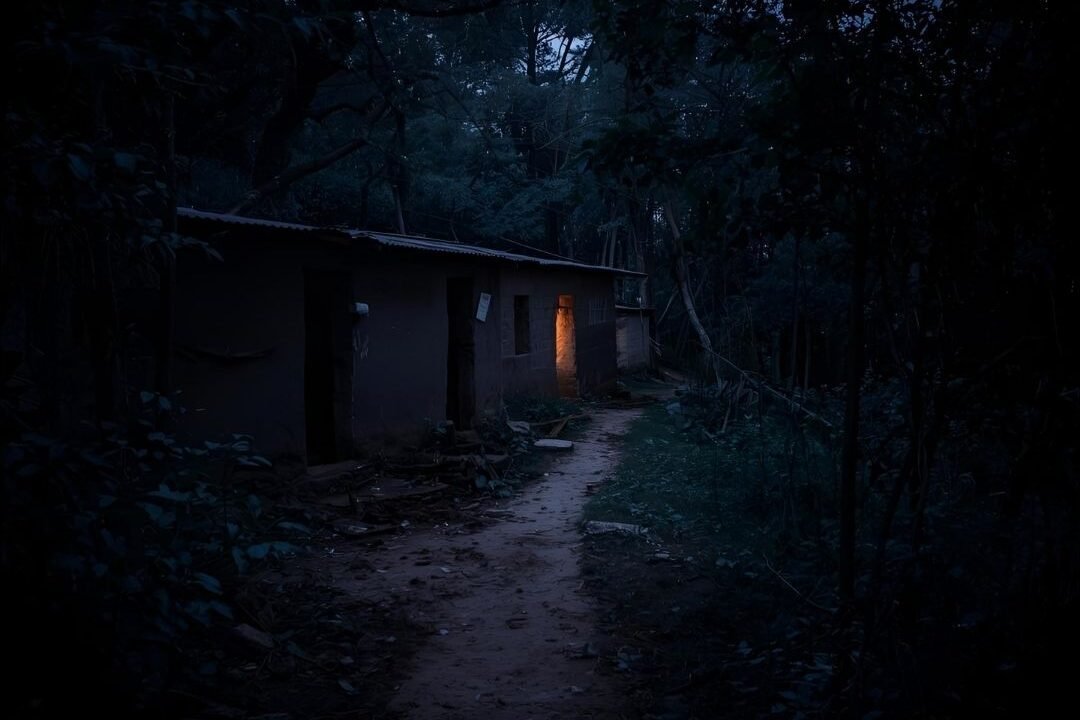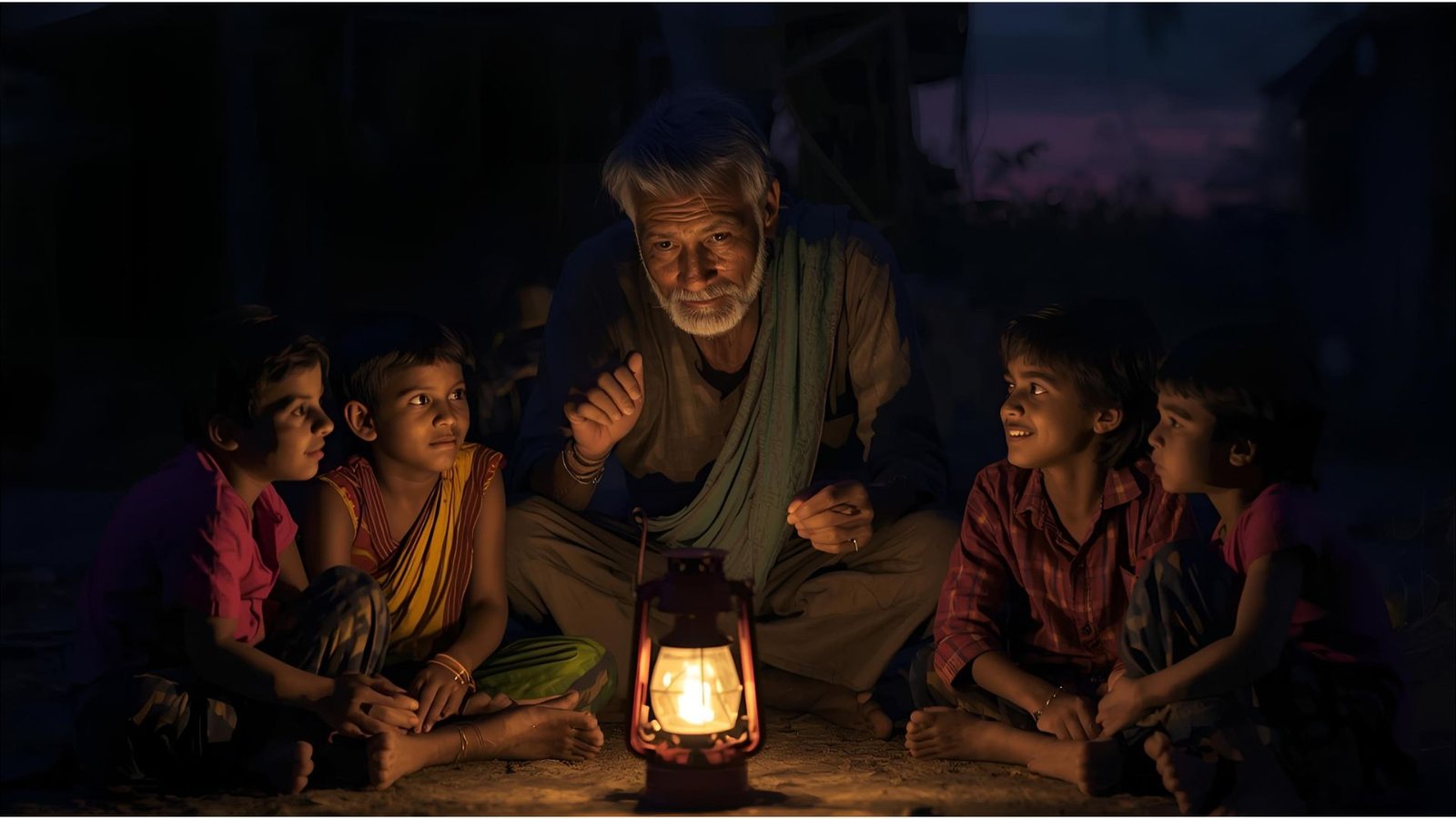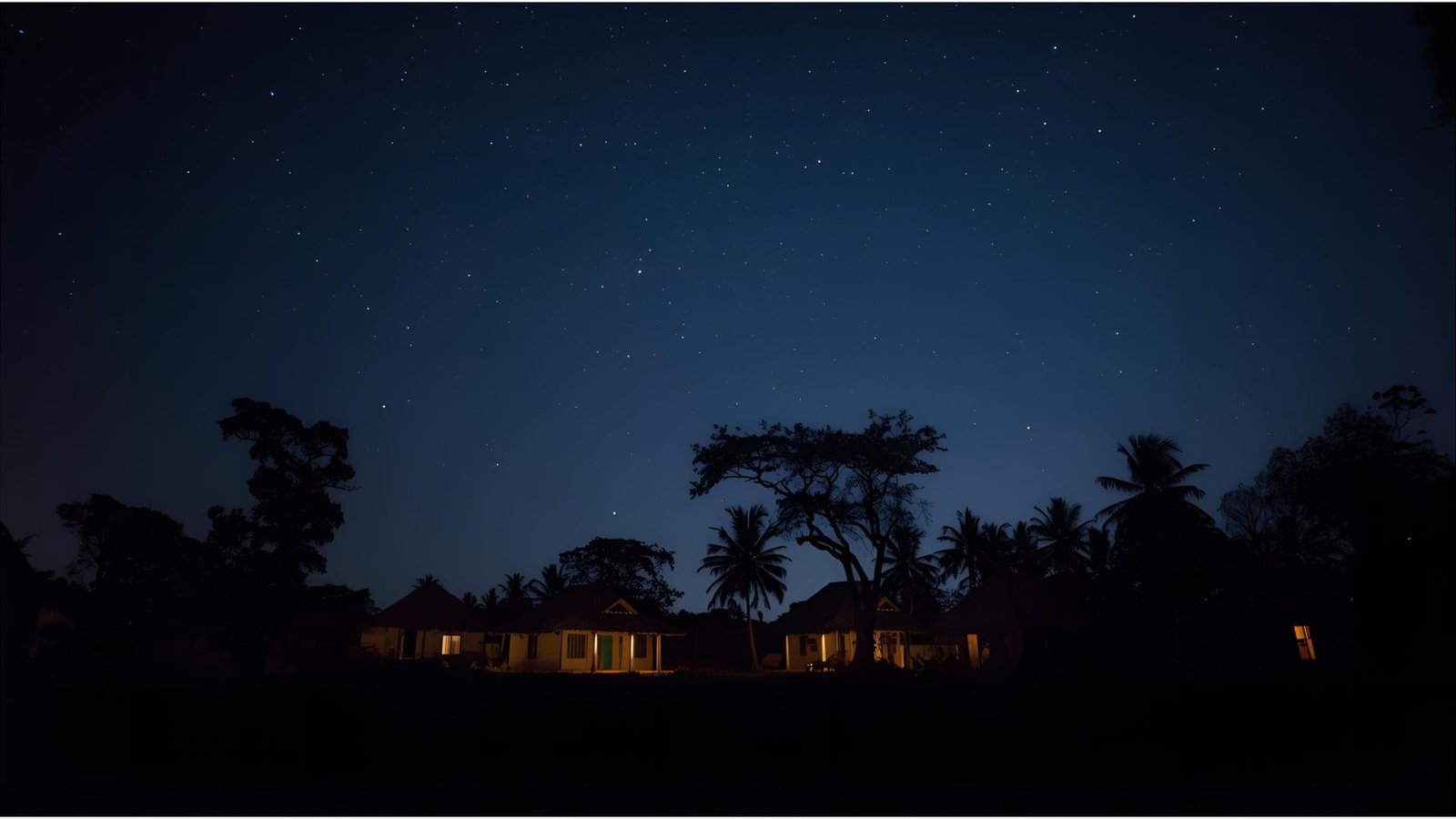I’ve always wondered why most Indian ghost stories begin with the same setup, an empty road, an old banyan tree, and a village where people still whisper about things that shouldn’t be spoken after dark.
It’s never about ghosts in malls or apartments. Somehow, the haunted stories that travel across generations are mostly rooted in villages. And honestly, there’s something about that, peaceful yet mysterious, quiet yet full of echoes from the past.
So, why do ghosts haunt Indian villages more than cities? Let’s try to understand.
Villages Carry History, and History Never Really Leaves

Indian villages are living timelines. Every house, every tree, every piece of land has seen generations grow, live, and leave. Some stories are joyful, some tragic, and a few unsolved.
In most villages, people still remember those who left too soon, the young bride who never made it to her new home, the soldier who promised to return but never did, the old healer who helped everyone but couldn’t save herself. Their names might fade over time, but their stories don’t. They linger in conversations, in evening gossip by the chulha, and in the pauses when someone looks at an empty house and quietly says, “That’s where she lived.”
Take Kuldhara in Rajasthan, for instance, an entire village that was abandoned overnight around 300 years ago. The story goes that the villagers left to protect their daughters from a cruel ruler, but before leaving, they cursed the land so no one could ever live there again. Even today, people say Kuldhara feels heavy, silent, as if time froze there.
Curious to know what really happened in Kuldhara? Find out more about Kuldhara’s haunting past.
It’s places like these that remind us sometimes, when people go, their stories don’t leave with them. They stay behind, lingering in the wind, waiting to be remembered.
The Atmosphere Feeds the Imagination

Let’s be honest, no ghost would want to haunt a place with streetlights, Wi-Fi, and Zomato riders zooming by every five minutes. If you’ve ever spent a night in an Indian village, you’ll know what I mean, the silence there has a sound of its own.
Once the sun sets, the air changes. The fields go dark, the wind slows down, and even the smallest sound, a cow mowing, a door creaking feels louder. There’s no traffic, no city buzz to distract you. Just open land, moonlight, and shadows that move when you blink. In cities, even spirits would struggle to find parking, but in villages? There’s space for everyone, the living and the dead.
I mean, if I were a ghost, I’d pick that over a noisy metro station any day.
Take Bhangarh Fort, Rajasthan’s most famous haunted spot. The fort closes before sunset, and locals strictly warn visitors not to stay after dark. Locals claim they hear women screaming and crying, bangles breaking, and odd music. There have been reports of a special perfume smell, ghostly shadows, and strange lights. Scientists may have their explanations, but once you stand there at sunset surrounded by silence and old stones logic suddenly feels very small.
If you’re curious (or brave enough) to know more, read the full story of Bhangarh Fort here.
It’s not just superstition. It’s the way silence plays with your imagination.
Belief Still Lives Strong in Villages

One thing I love about Indian villages is how deeply people believe in gods, in energy, and in the unseen. Life there still moves with rituals, prayers, and a respect for ancestors.
While city people might call ghost stories “superstitions,” villagers see them as part of everyday life. They hang lemons and chillies to block bad energy, and listen when an elder says, “Don’t go near that old well after dark.”
In Dumas Beach, Gujarat, that belief runs deep. The beach was once a cremation ground, and locals claim that after sunset, you can hear whispers in the wind. Some people say they’ve heard voices calling their names though there’s no one around. Maybe it’s just the sea breeze. Or maybe not. Either way, no one stays there at night.
Belief is powerful and sometimes, it’s belief that keeps the line between faith and fear alive.
Villages Holds Secrets That Cities Can’t

Cities are full of light but they rarely have mystery. Villages, on the other hand, sit right next to nature. Dark forests, quiet ponds, lakes, and old temples half-hidden by trees, they all carry a kind of magic that cities lost long ago. You can’t replicate that kind of atmosphere in an air-conditioned flat.
Everything feels alive there, even the silence. The smell of wet soil, the way fog drifts over fields, the way an owl hoots exactly when you least expect it, it all adds to a feeling that maybe, just maybe, you’re not alone.
Like Dow Hill in Kurseong, West Bengal, one of the eeriest places I’ve read about. The forests there are so thick that sunlight barely touches the ground. There are rumours that locals say a headless boy walks the roads, and woodcutters often hear footsteps following them, though no one’s there. Whether it’s true or not, the air there feels heavy, the kind of quiet that clings to you.
Nature doesn’t just hide beauty; it hides secrets too.
Stories Are How We Keep the Past Alive

Maybe ghost stories aren’t really about ghosts. Maybe they’re about memory, about keeping people and moments alive in some way.
Every village has its own legend, a cursed well, a spirit guarding the temple, a house no one dares to enter. And these stories don’t just entertain; they preserve. They remind people who they are, where they came from, and what once mattered.
In Shaniwarwada Fort in Pune, people still whisper about the young prince whose cries echo on full moon nights. It’s a story hundreds of years old, yet it still lives, passed from one generation to another. That’s how villages keep their history, not through books, but through stories that breathe.
If you’re curious (and a little brave), know the haunting story of Shaniwarwada Fort here.
Because in Indian villages, even the quiet has a history.
The Final Thought

Honestly, that’s what I find so fascinating about Indian villages, the way belief still lives there. People don’t need proof to believe in something; they just feel it. And maybe that’s what keeps these ghost stories alive, not the spirits themselves, but the faith that they exist. The next time you visit your ancestral village and someone says, “Don’t go out after dark,” maybe don’t laugh it off.
Sit outside for a while. Listen to the crickets, the rustling leaves, the faraway temple bells. You might not see a ghost but you’ll feel something. A kind of silence that holds stories, memories, and maybe, just a hint of the past.
